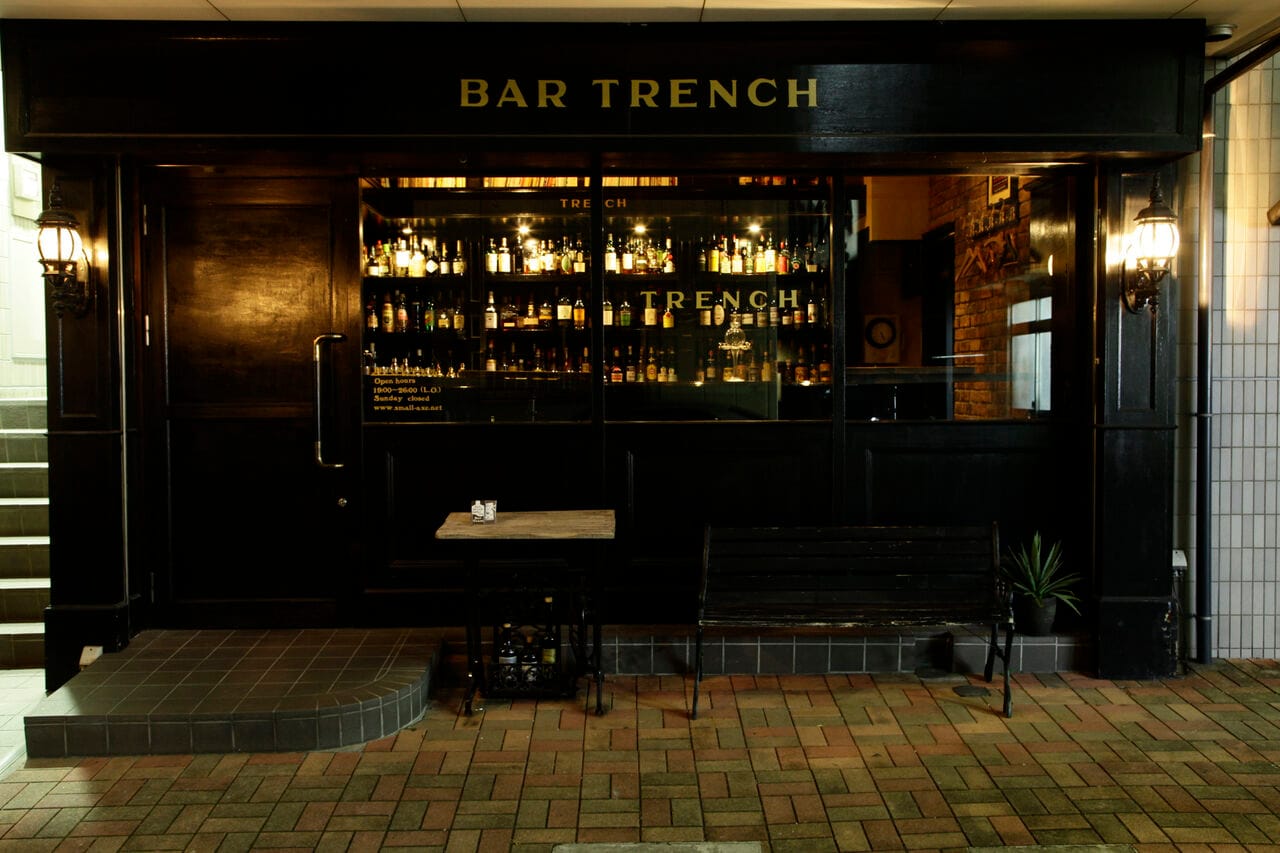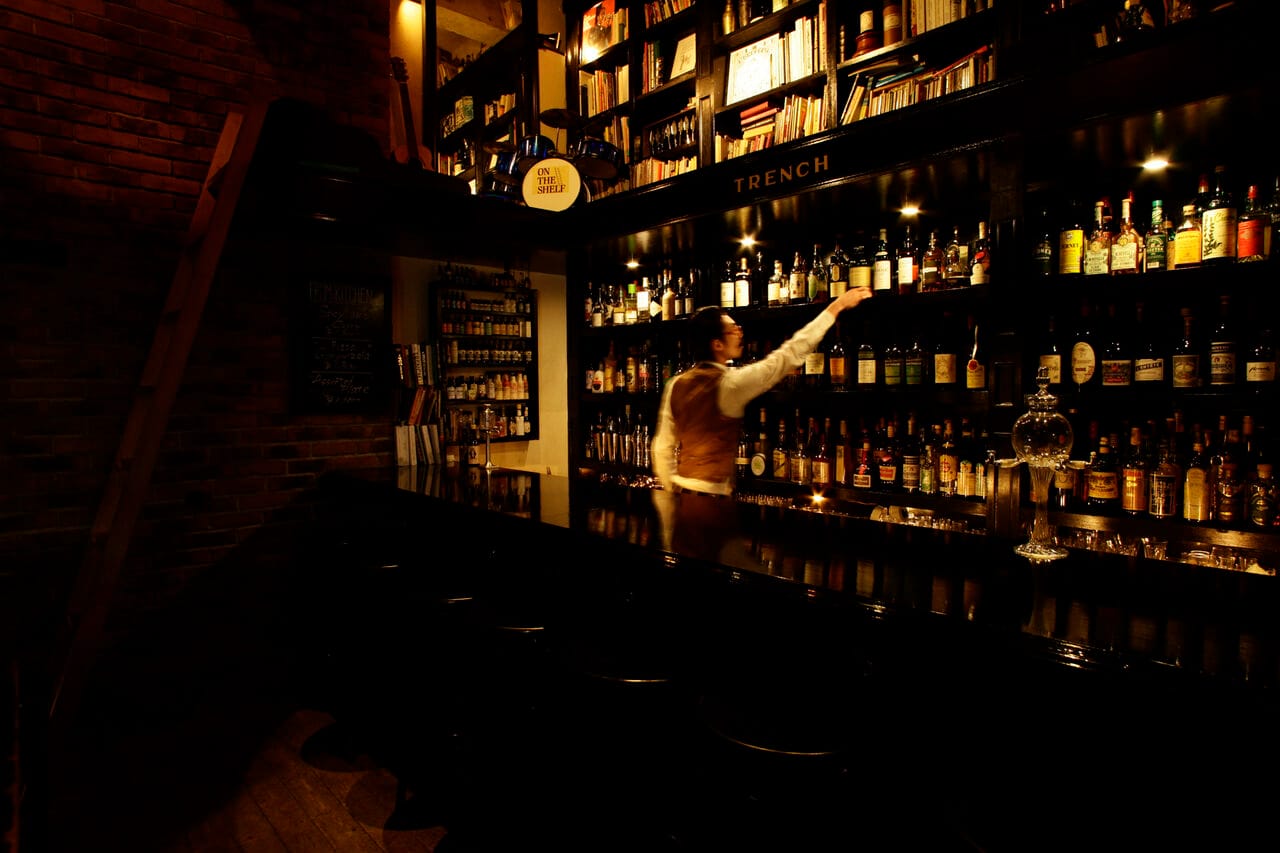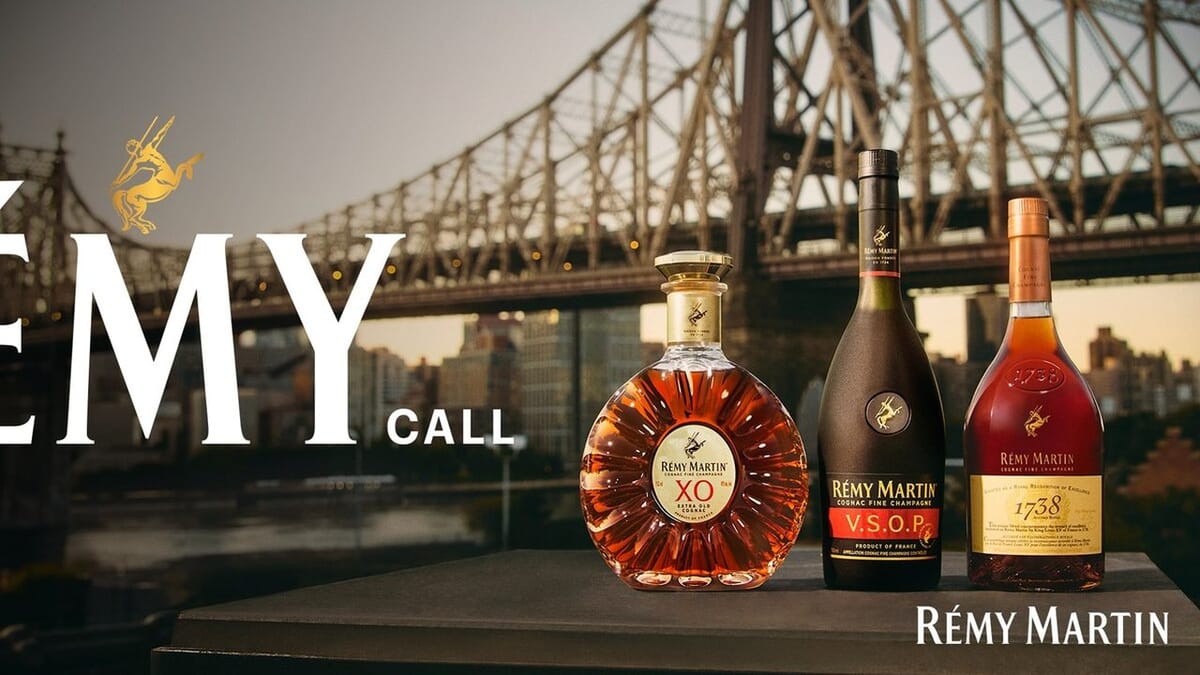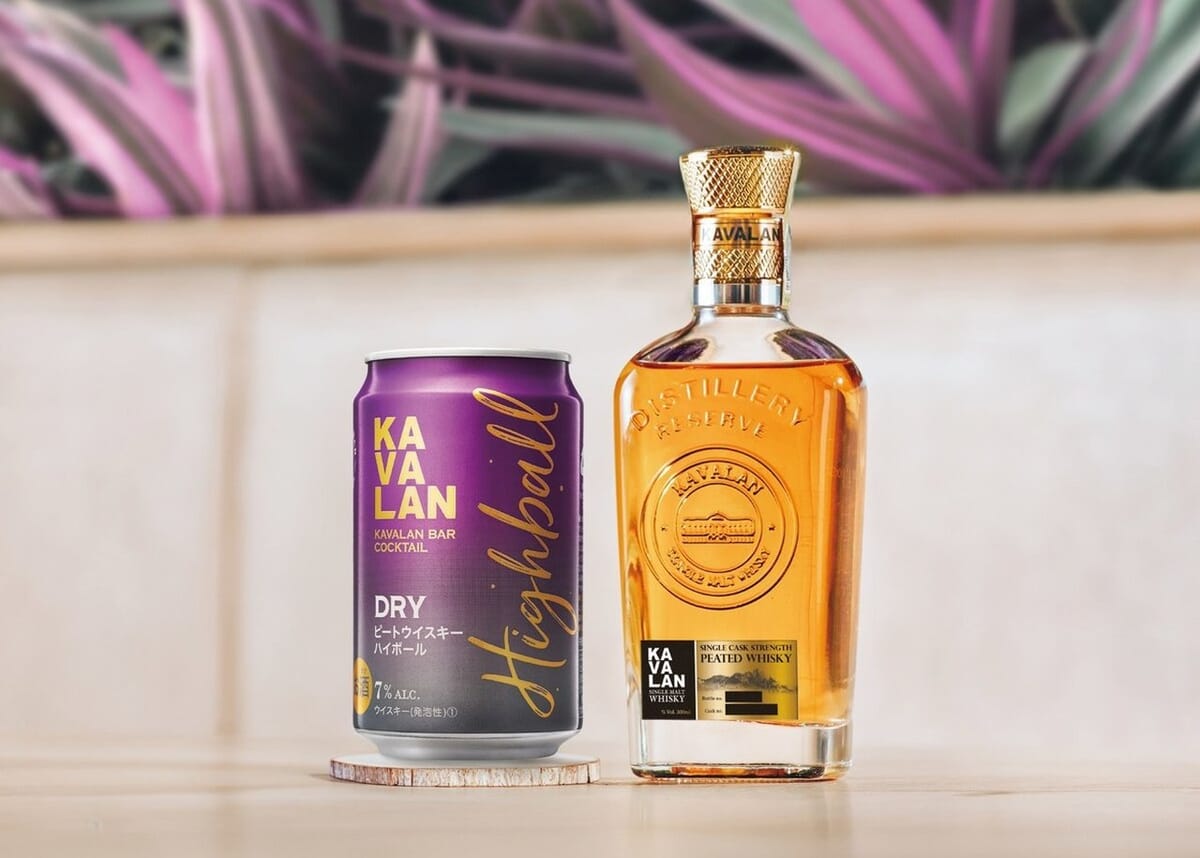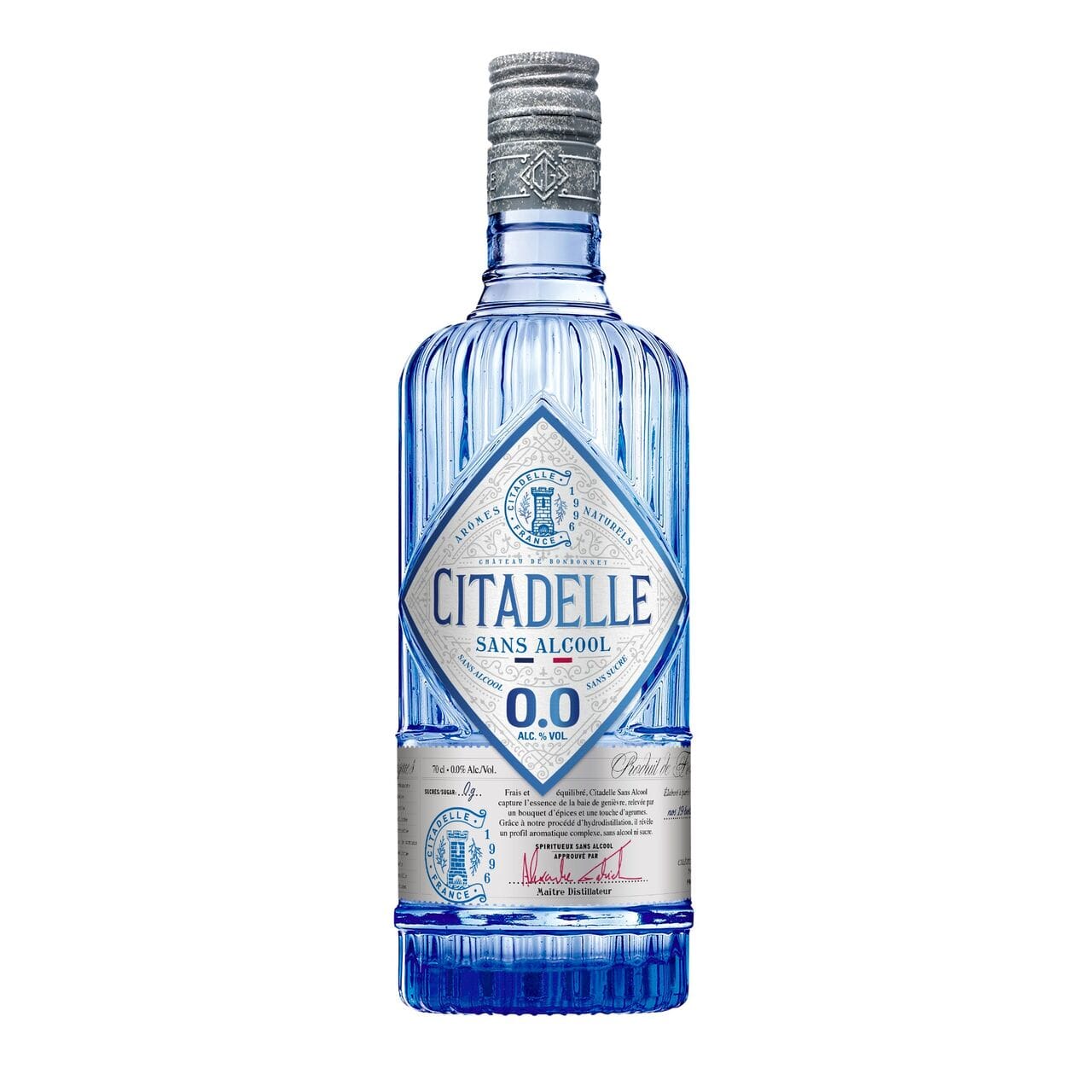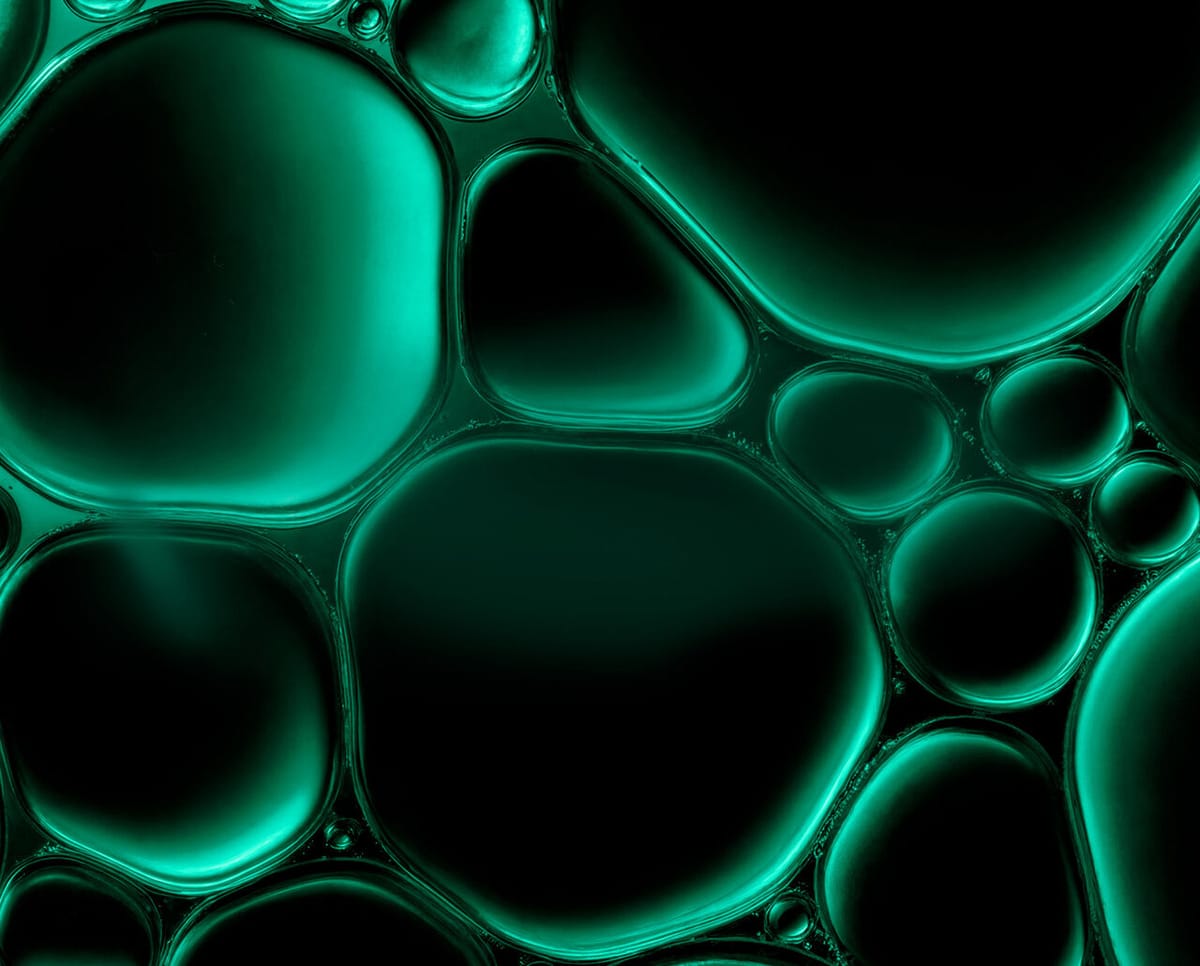Rogerio Igarashi Vaz: "Bar TRENCH fosters reflection"
Rogerio Igarashi Vaz, head bartender at Bar TRENCH, traces the history of this iconic Tokyo bar, his signature drink, and the rise of Japanese cocktail culture. He also discusses Bar Tram, an absinthe bar, and incorporating sake into cocktails.
Could you tell us about Bar TRENCH?
Rogerio Igarashi Vaz: We opened Bar TRENCH in 2010. It’s a cocktail bar without one clear theme. When we first opened, there weren’t many bars like ours in Tokyo, and we began to change things little by little to see what the local clientele would enjoy. The space where Bar TRENCH is now used to be a curtain showroom that was closing down, and its owner was a regular at our first bar, Bar Tram. Knowing that we were looking for a place to set up our office, he showed us his space. In the end, when we got the keys, we changed our minds and rushed to build a bar in just a month and a half.
You didn’t have a specific concept in mind when Bar TRENCH first opened?
In the beginning? No. The idea was just to open a bar, that’s all. It took time before it became TRENCH because we didn’t have a menu at first. Then we decided to create one. The name Trench came about because one of the owners wanted to open a vintage trench coat shop, but that didn’t work out. Next, we tried other names for the bar, but the word “trench” kept coming up. So we looked into the meaning of “trench” in “trench coat.” Its origin isn’t necessarily happy (editor’s note: a raincoat from the British army used in the trenches during World War I), but we wanted to highlight a positive meaning of the word: if you’re in a trench, you’re safe. You have time to think—if you want to run away, you can, and if you want to move forward, you can, too. It’s a moment of discernment, to step back and reflect. And we decided on that meaning. That’s the main idea behind the name Bar TRENCH. In the beginning, most customers only associated it with trench coats because it was easier to remember. That’s how it all started.
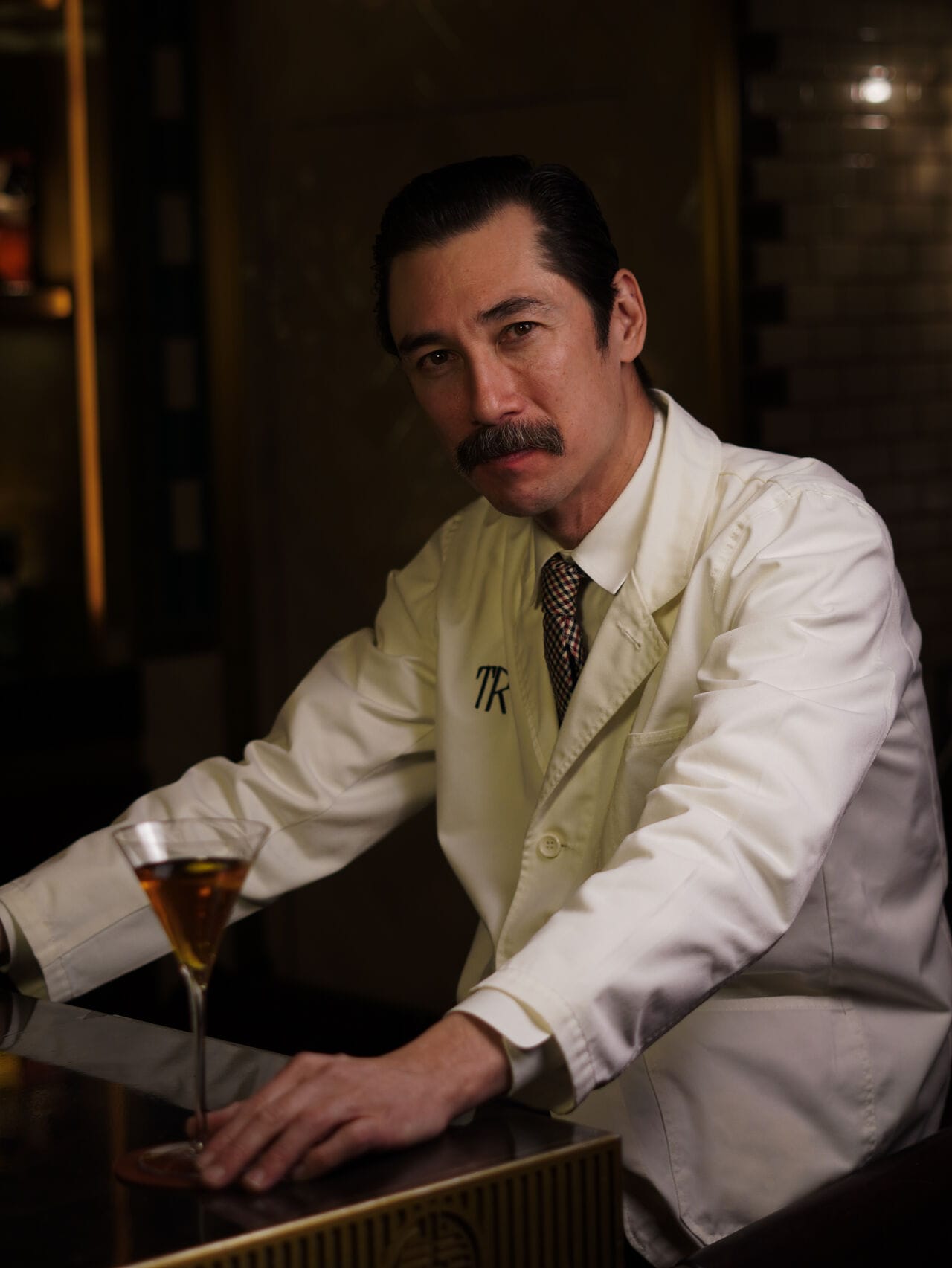
By contrast, your first bar, Bar Tram, does have a theme, right?
Yes, it’s an absinthe bar. Before that, it was also a classic bar, where we served Guinness. Then, in our second year, we discovered absinthe, and we wondered, “why isn’t there a bar dedicated to absinthe in Japan, given this spirit’s extensive history?” That’s how Bar Tram became an absinthe bar. But we also serve it at Bar TRENCH.
Is absinthe popular in Japan?
It’s still not a major trend, but before, it was nonexistent. When we focused on absinthe, it took years for Japanese customers to accept it. In Japan, the taste of anise isn’t very popular. Many people would leave their glass untouched. Then we began educating people about it, and found a small niche of enthusiasts. This small group spread the word, and eventually, customers were coming from far away just to drink absinthe at Bar Tram. I’ve also noticed that women tend to be more open to trying absinthe. Men are more skeptical; they stick to their Whisky Highball.
During a guest shift at Live Twice, I discovered there is Japanese absinthe…
Yes, that’s emerging, but it’s quite new. Traditional plants—like wormwood—come from Europe. Then producers add Japanese ingredients (lemongrass, tea…) in small doses.
How do you use absinthe in your bars? In classic cocktails or in new creations?
We do both. We often serve Absinth Piña Coladas and Absinth Mojitos. I find the latter especially pleasant. Instead of sugar, we use orgeat. It works really well. We also have various types of absinthe fountains for the traditional serve, by adding water. Sometimes, customers come from Germany or Denmark and drink it neat, but I don’t recommend it!
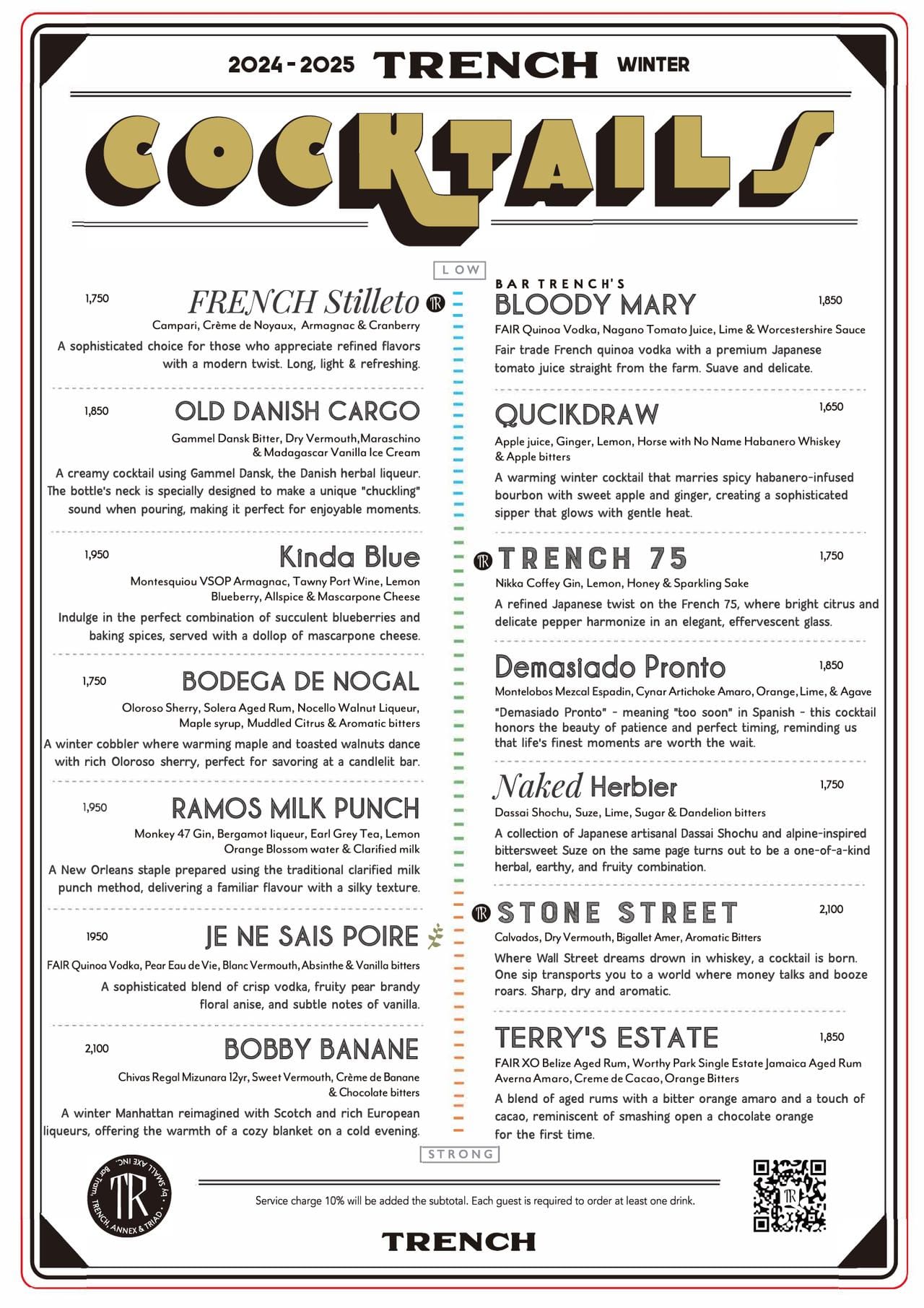
Bar TRENCH’s menu features seasonal specialties, forgotten classics, and in-house creations. Where do you find inspiration for your cocktails?
Yes, exactly. We use a lot of old books that have been reprinted. We often draw inspiration from them. The Japanese love classic cocktails, but in a fairly narrow circle: Manhattan, Dry Martini, Gin & Tonic, and Gimlet. Yet there are plenty of cocktails similar to the Martini or the Manhattan, each with a rich history. We always include at least one tried-and-true classic for that sense of security, but we also explore variations that add a touch of originality.
Before, the menu changed every season. But now, we offer two menus per year, each with fourteen cocktails. And sometimes, we add an extra menu, either in partnership with a spirits brand or for events like Sherry Week or Global Chartreuse Week.
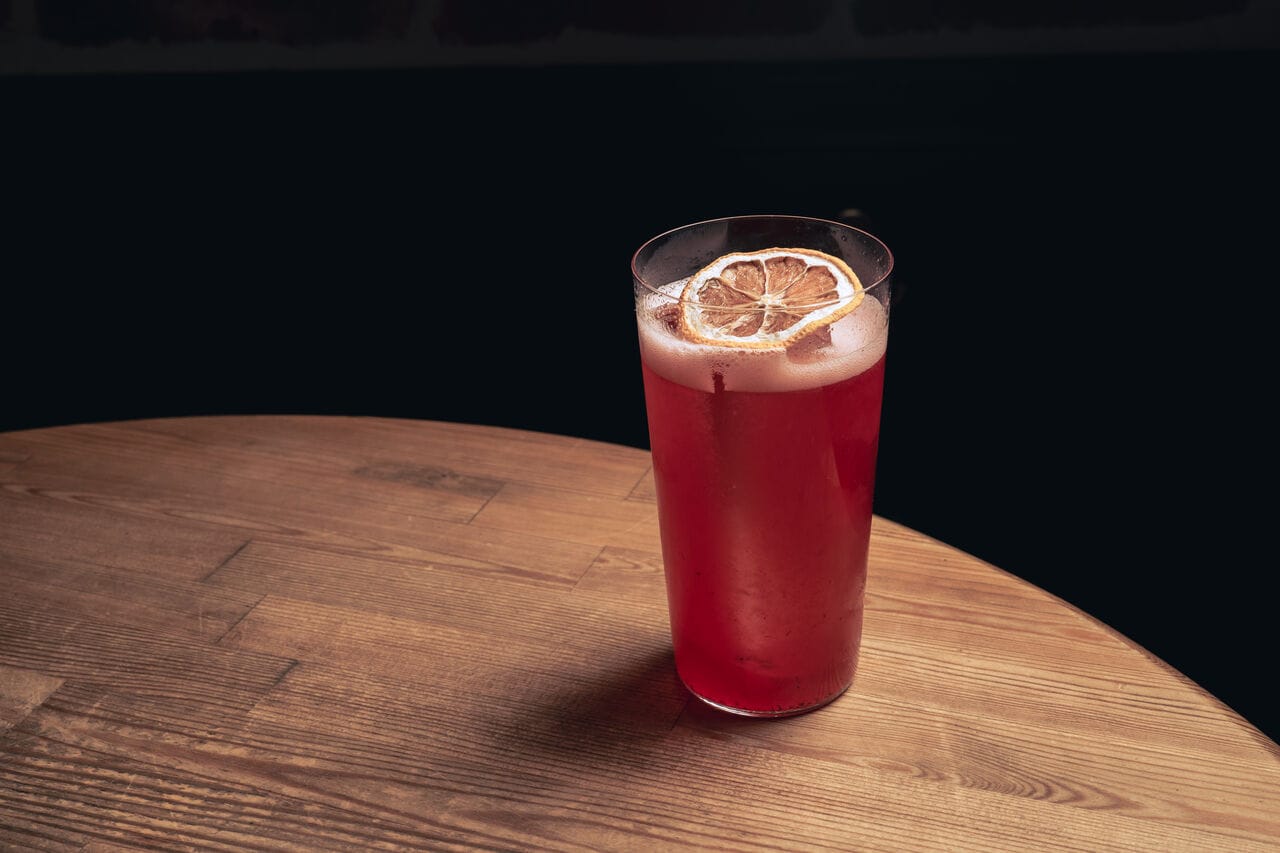
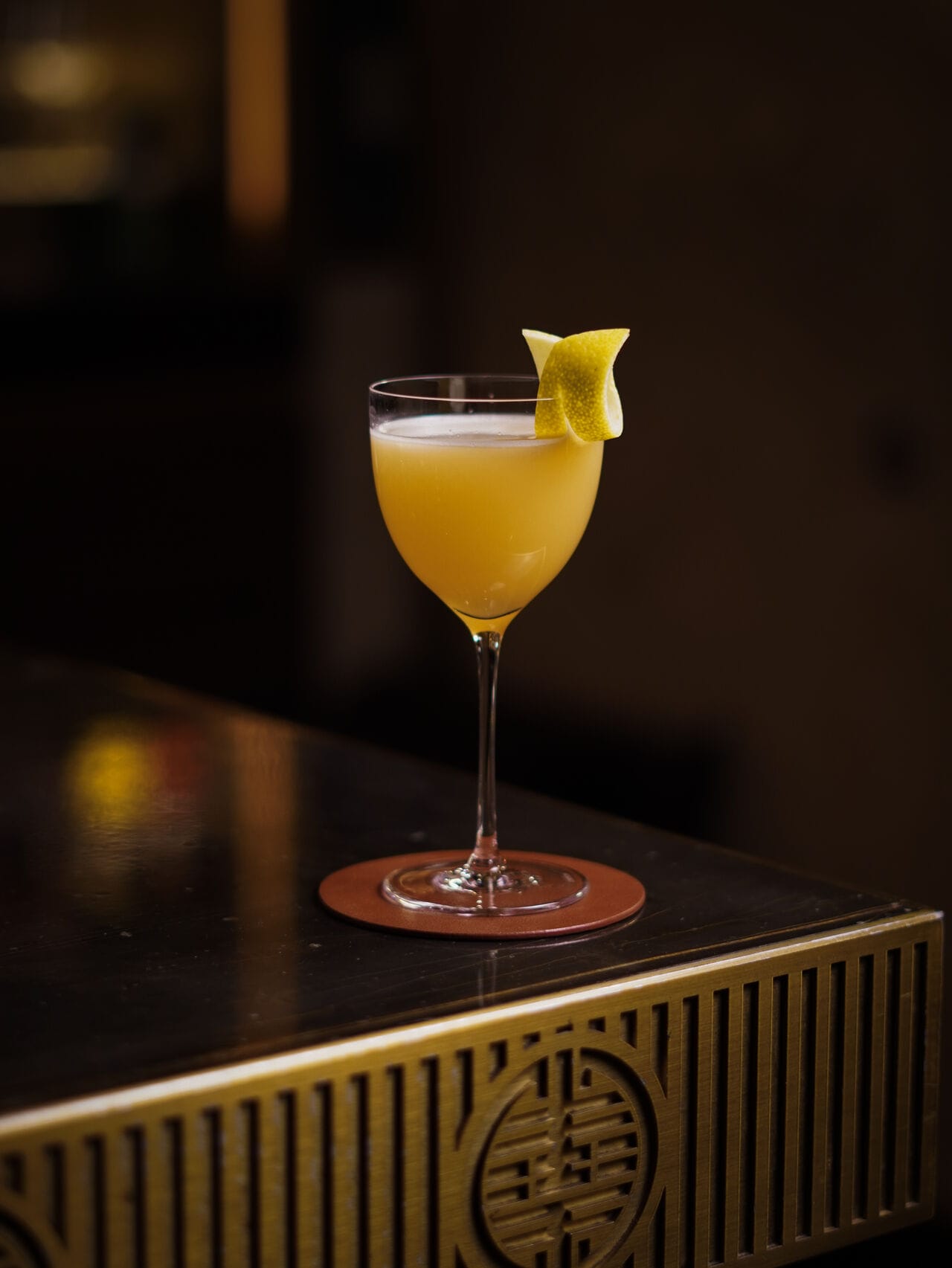
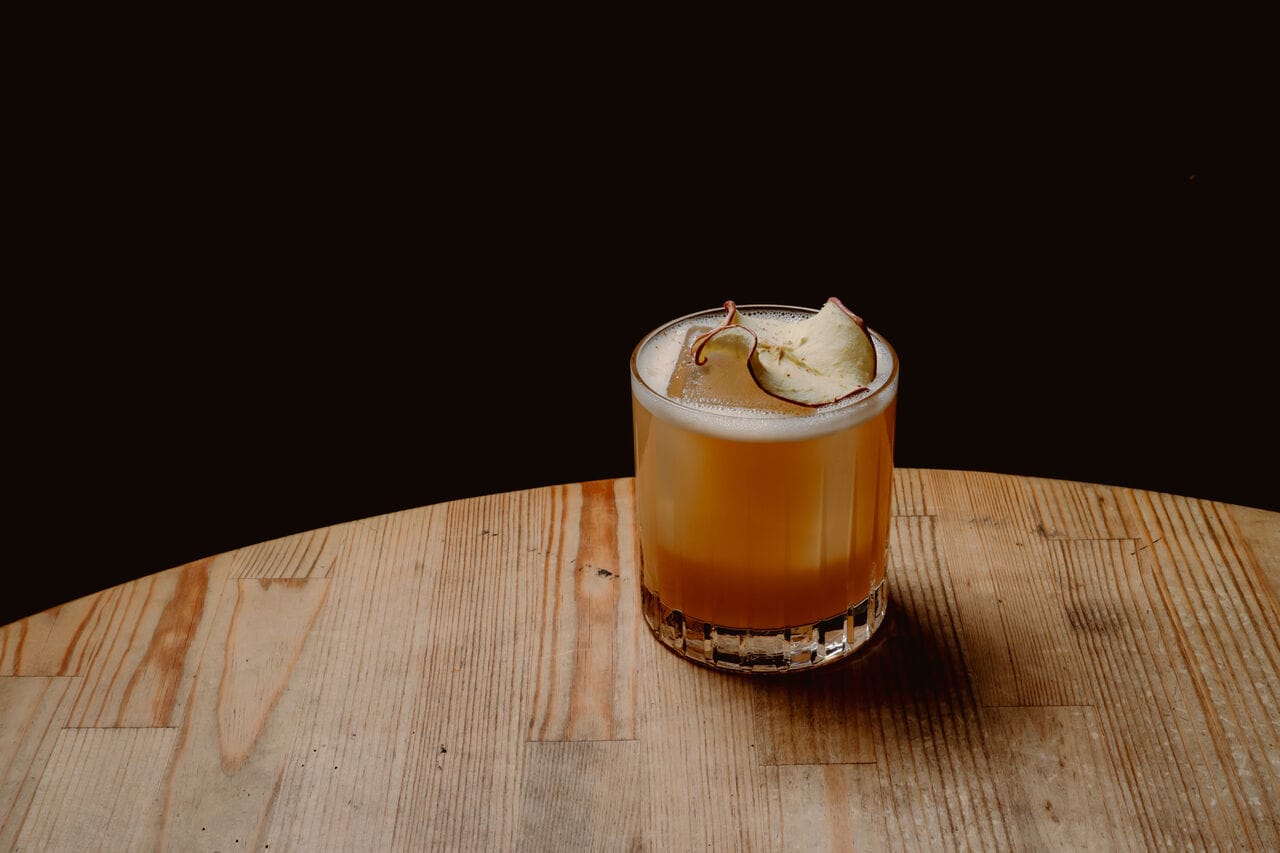
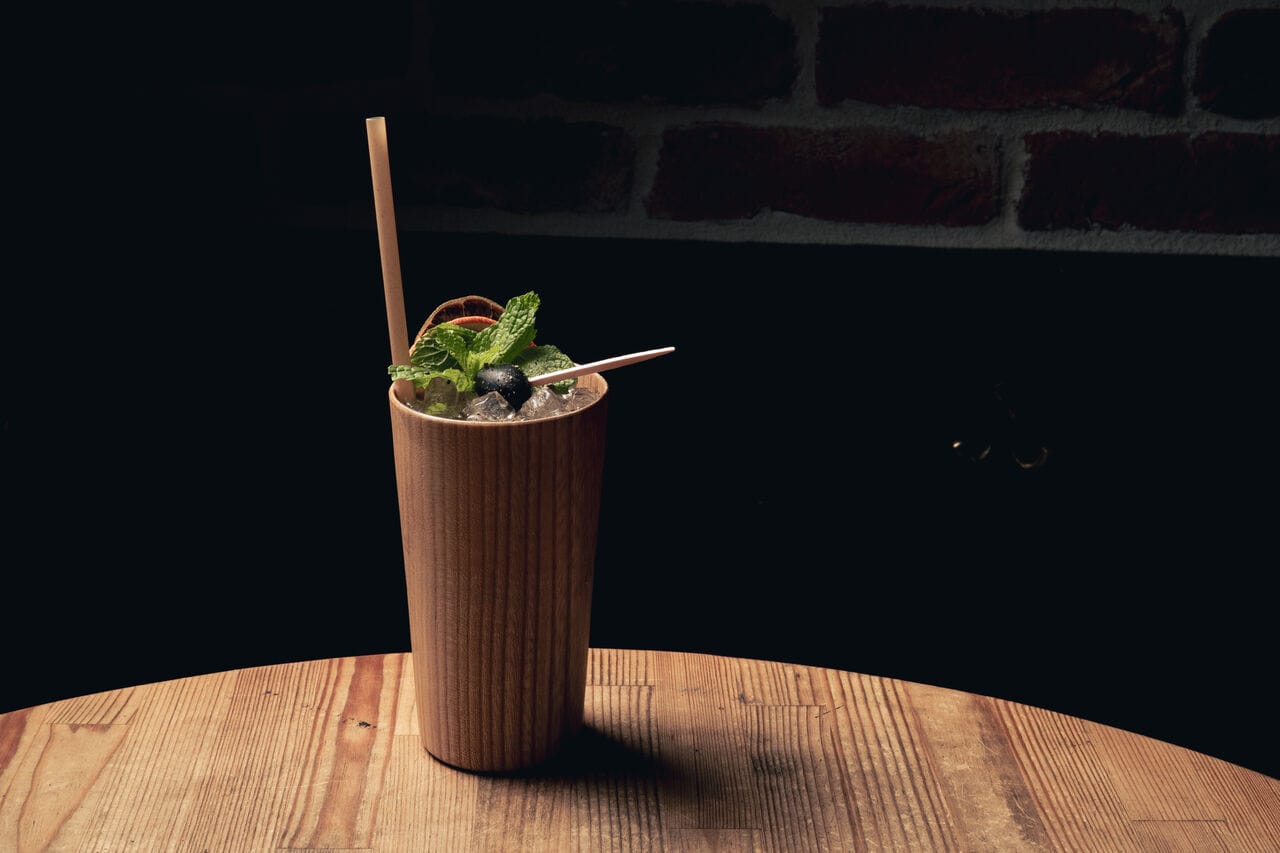
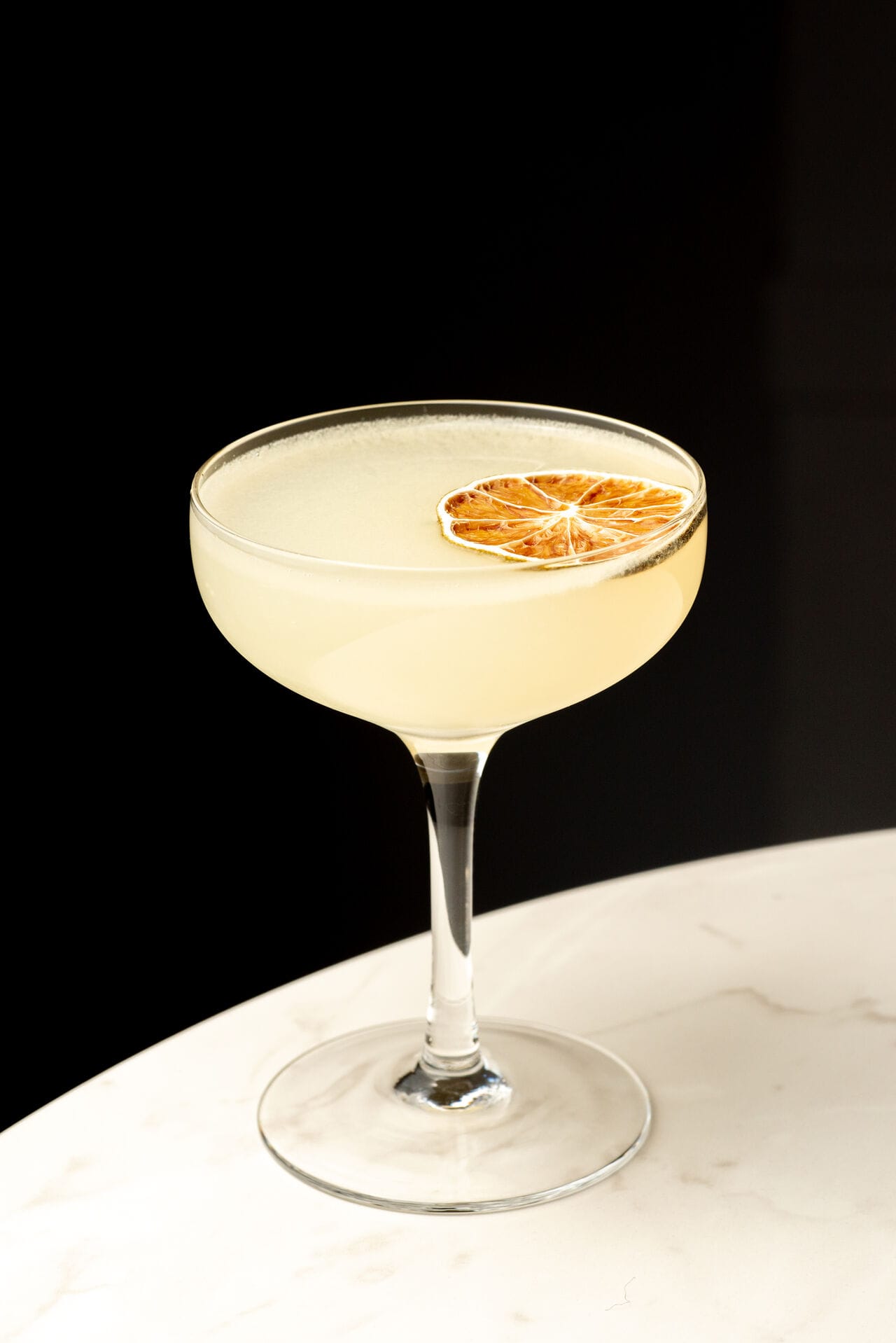
How would you describe the Japanese palate? Does it favor certain flavors?
They particularly enjoy citrus and sweetness, but flavors shouldn’t be too strong. Japanese customers like balanced recipes with nuance. An ingredient’s flavor shouldn’t be overly pronounced.
What role do your non-alcoholic options play at your bar?
We currently offer about four or five recipes, but non-alcoholic drinks represent only 3% of total sales. It’s still a small share, which is slowly growing in Japan. Here in Paris, I’ve noticed that many people order alcohol-free cocktails. It seems to be more common now.
Do you also let customers order whatever they want, even if it’s not on the menu?
Generally, in Japanese bars, there is no menu, so it’s common to ask, “What would you like? What do you feel like?” Then you create something for that person. For the size of our bar, having a menu was unusual in Japan. But we still do both—though less often—day to day. Especially for the second or third drink, customers ask for something not on the menu. Sometimes it’s a classic they already know well, to see how we interpret it: which spirit, what type of vermouth, etc.
What’s the story behind the Trench 75, your signature cocktail? One might guess there’s a link to the French 75.
Yes, that’s obvious. Besides, many customers—because T and F look somewhat alike at a glance—still say, “Give me that French 75.” But it’s actually written Trench 75. The idea was to use the Japanese Nikka Coffey Gin, which contains Sansho pepper, among other botanicals. The timing of adding this cocktail to the menu aligned exactly with that product’s launch. That was also when I discovered sparkling sake. So we replaced the champagne from the French 75 with sparkling sake, and used honey instead of sugar.
Is sake often used in Japanese cocktail bars?
Usually, you don’t find sake in cocktail bars. Maybe in traditional cocktail bars, but not for mixing. In most places serving sake, there’s also food. I don’t use much sake, except for sparkling sake, because once you open the bottle, oxidation sets in quickly and changes its taste. Maybe it would be different if I ran a larger bar, with better ways to manage the product’s lifespan. Also, if you add vermouth or an herb-based ingredient, most of the time, it overshadows sake’s delicate taste. You really just need to add a little liqueur, like cassis, for example, and that works well.
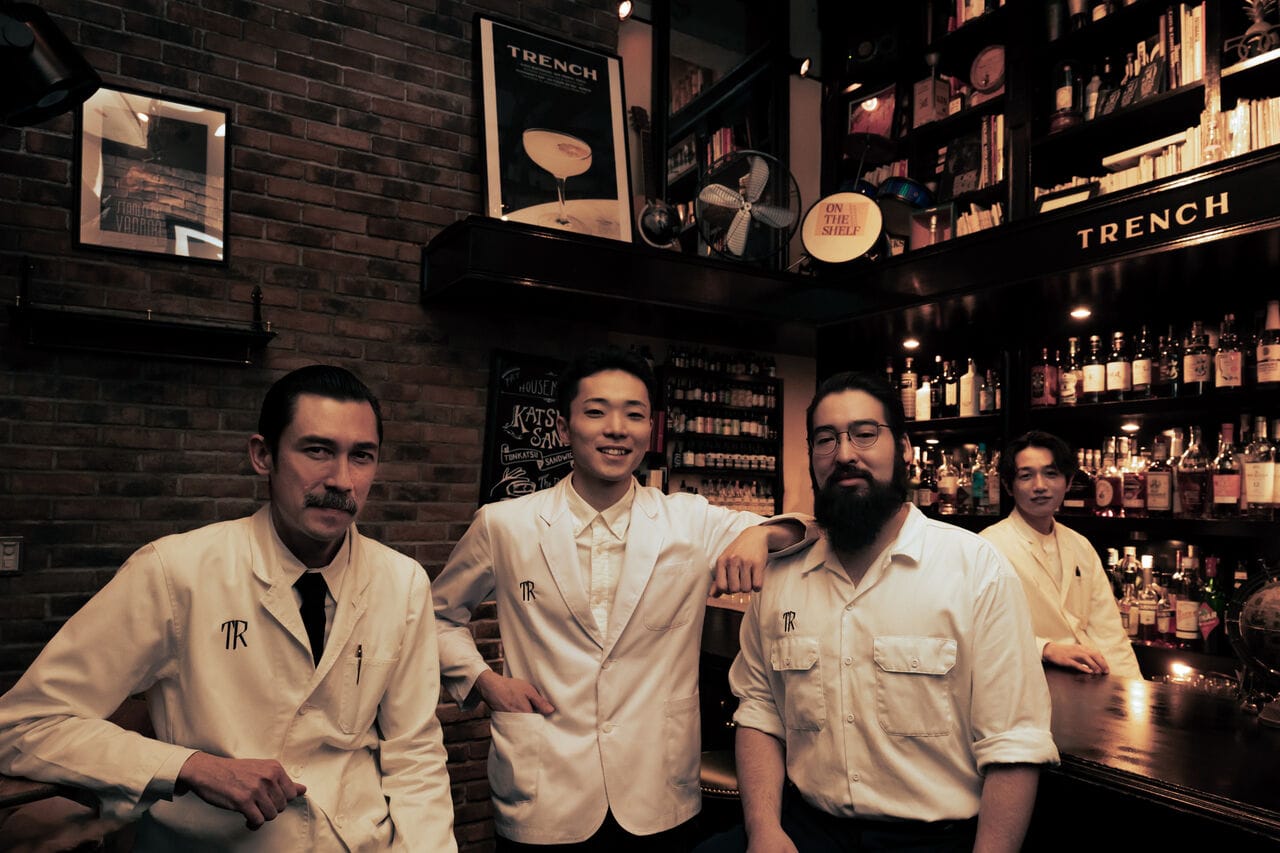
In your opinion, how does a cocktail become the bar’s signature? Is it the bartender’s choice or the customers’ response?
Initially, the Trench 75 was just one option among many on our menu. I wasn’t especially proud of its name, and the drink itself wasn’t spectacular. However, it’s easy to drink, refreshing, and customers started ordering it frequently. We’ve served it for seven years now, and it still sells the most. It became successful naturally, thanks to customers who come back for it and spread the word. We could have promoted this cocktail early on, but if customers hadn’t liked it, it wouldn’t have lasted. Back then, I would have preferred if people had chosen another cocktail, but Trench 75 ended up being the one.
What advice would you give a bar hoping to last? Should you stay true to your beginnings or embrace trends?
We’re celebrating our 15th anniversary in June. I think you have to keep an eye on trends but maintain critical thinking. There comes a time when you need to try new things. Then you see if they work or if they’re just a fad. I think you have to take risks, even if you make mistakes. There was a period when over-the-top garnishes and smoke were popular in cocktails, and that’s what customers wanted. But now, we have a very diverse clientele, ranging from twenty-somethings to people over fifty or sixty. So the most popular drinks are the classics, not necessarily the most adventurous ones. Yes, we do offer some original drinks, but only a few. Not the whole menu. Besides, even if they’re original, there’s always a classic cocktail base.
Are your customers mostly Japanese or tourists?
Our bar is near several embassies, especially European ones. So we have many expatriates among our regulars, as well as tourists. As for Japanese customers, they tend to be people who are used to traveling. So we have three groups, with quite a large international share.
How would you describe the cocktail scene in Tokyo right now?
I wouldn’t say it’s booming, but it’s solidifying. Cocktail culture is already deeply rooted here, with a well-defined Japanese style. However, many bartenders travel and work in other countries. They learn things, and when they return, they’re more open to adjusting their style. The new generation is less strict, more relaxed, and more inclined to blend influences from outside Japan.
Did cocktail culture emerge in Japan after World War II?
No, it goes back even further, but it mainly took hold around the 1930s. One of the first stand-alone cocktail bars, called Lupin, is located in Ginza, Tokyo. It’s almost a hundred years old (editor’s note: it opened in 1928), but the owners have changed three or four times already; it’s no longer a family business, unlike Harry’s Bar in Paris.
The first cocktail recipe book in Japan was written in the 1920s by a chef who served the Taishō and Shōwa (Hirohito) emperors. He trained in France (editor’s note: notably under Auguste Escoffier at the Ritz Paris) and translated French recipes, including cocktail recipes—some adapted with Japanese ingredients. There was even a TV series about him in Japan.
A cocktail like the Bamboo originated in Yokohama at the end of the 19th century, but it wasn’t created by a Japanese bartender (editor’s note: it’s thought to be Louis Eppinger, the German-born manager of the Grand Hotel in Yokohama. Whether he invented this cocktail is debated by historians, but he certainly helped popularize the Bamboo).
Traditional cocktail bars have a very formal service style, inspired by old manuals, and they greet you with the kind of polished hospitality you’d expect from a classic hotel bar.
How did you become a bartender?
I was a customer at Bar Tram, and the owner kept asking me to join the team. At the time, I was a student, and I refused for over a year and a half. The main reason was that I didn’t want to work at night. I wanted to sleep! Eventually, he convinced me to work at least once a week in his establishment. I ended up accepting, and one day I realized I was a full-time bartender! Before that, I couldn’t understand why someone would enjoy working in a bar. But once you start learning the art of service, your perception of the job changes. I then decided to dedicate myself solely to this profession. And here I am. If you come to Tokyo, drop by and try our Trench 75.
